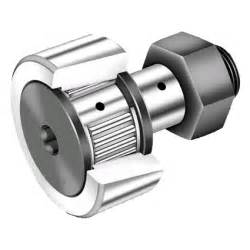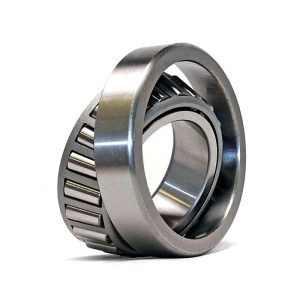CERAMIC AND PLASTIC BEARING
Ceramic bearings, as the name suggests, are bearings made from advanced ceramic materials, typically silicon nitride (Si3N4) or zirconia (ZrO2). These materials exhibit exceptional hardness, corrosion resistance, and low thermal expansion, making them ideal for applications where traditional steel bearings may fall short.
Share
Manufacturers prize ceramic bearings because of their speed advantage over their steel counterparts. This benefit stems from their four main characteristics:
• Reduced rolling resistance
• Reduced weight
• Increased durability
• Increased stiffness
Reduced rolling resistance mainly results from the ceramic balls’ increased smoothness, dimensional stability, and increased uniformity over steel ball bearings. These properties ensure that applied loads are uniformly distributed over all rolling elements. Additionally, ceramic materials have a significantly lower coefficient of friction (~20–30 times less) than steel ball bearings with standard seals and lubrication. This reduced friction results in reduced rolling resistance and faster rotational speeds.
The reduced weight of ceramic bearings also contributes to their overall enhanced performance over steel bearings. Ceramic materials can weigh up to 40% less than comparable steel bearings. This reduced weight translates to decreased centrifugal loads exerted on the outer race as the bearing spins. This reduction of forces allows ceramic bearings to operate up to 20–40% faster than conventional steel bearings while using considerably less energy to maintain their speed.
Ceramic bearings are also harder than steel bearings and therefore are more durable. Studies show that ceramic bearings can last anywhere between 5 and 20 times longer. The smoother surface of the ceramics also significantly reduces the risk of bearing seizure with little to no lubrication. Furthermore, ceramic bearings can operate in harsh environments due to their resistance to corrosion and degradation. Finally, their electrical insulation properties eliminate the risk of electrical erosion and pitting of the rolling elements.





